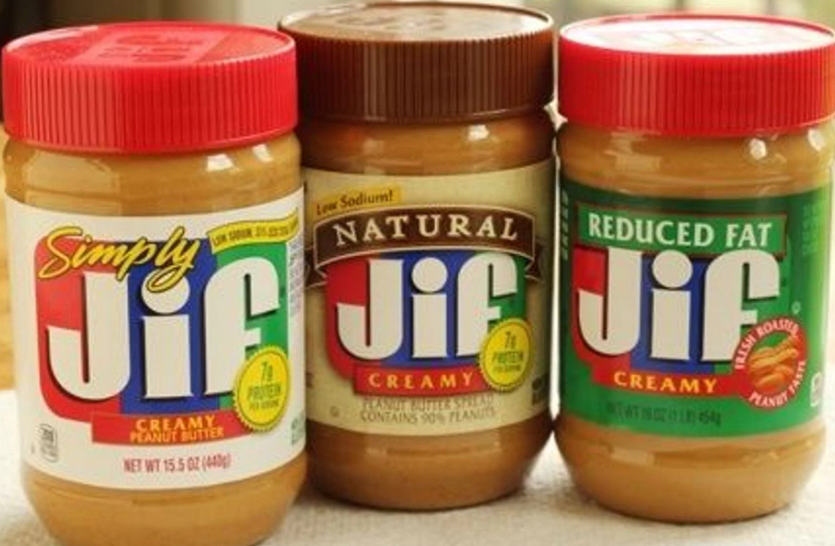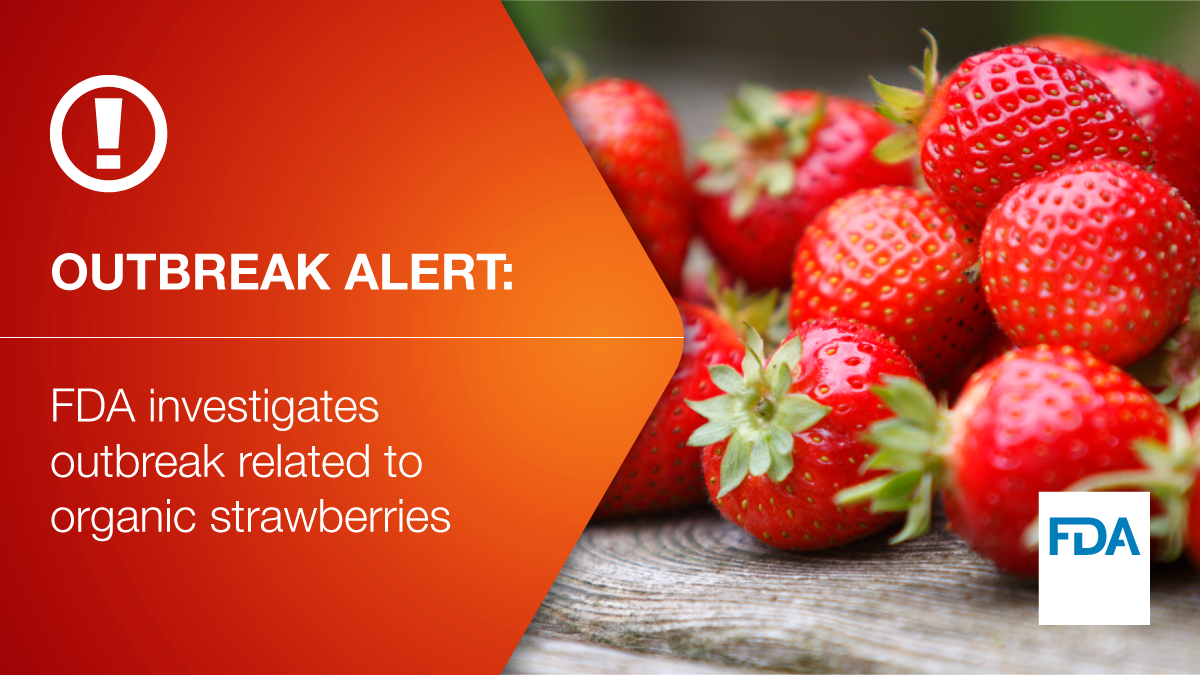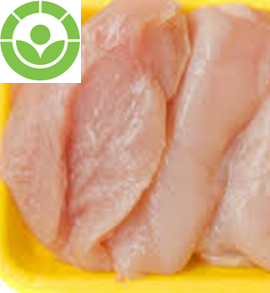On June 22, the FDA reported that it was investigating the death of another infant that occurred in January 2022 and is potentially related to Abbott baby formula. The FDA said it was notified of the death through a consumer complaint received on June 10, 2022. “The agency has initiated an investigation, given that the complaint referenced that the infant had consumed an Abbott product. However, the investigation of this most recent consumer complaint is in its preliminary stages, and the agency will provide an update as it learns more,” the statement read. The FDA has previously reported reviewing complaints related to nine infant deaths. Two were found to be associated with the Abbott Nutrition Sturgis plant investigation. However, the FDA notes that, despite extensive investigation, the evidence does not rule in or rule out a definitive link between these infant deaths and the product produced at Abbott Nutrition’s Sturgis, Michigan-based plant. Abbott said on Thursday there was currently no evidence to suggest a connection between the death and its baby formula, adding that there was limited clinical and product information provided when the FDA notified the company last week. The company said it would investigate further if additional data become available. @ https://foodsafetytech.com/news_article/fda-investigating-another-infant-death-potentially-related-to-abbott-baby-formula/
ruth
The FDA, CDC, and partners are investigating a multistate outbreak of Salmonella Senftenberg infections linked to Jif peanut butter products produced at the J.M. Smucker Company facility in Lexington, Kentucky. J.M. Smucker Company has voluntarily recalled the Jif peanut butter products. The FDA has posted additional recalls by companies that used the Jif peanut butter as an ingredient ie manufacturinf a new product (e.g., chocolate products) or in repackaging the product (e.g., snack cups). The USDA has issued a recall of ready-to-eat Super Asian Chicken Salads made with recalled Jif peanut butter and sold at an Amazon Go retail location in Washington State.@ https://www.fda.gov/food/outbreaks-foodborne-illness/outbreak-investigation-salmonella-peanut-butter-may-2022?utm_medium=email&utm_source=govdelivery
FDA updates list of recalls; reminds consumers to check homes for recalled Jif peanut butter
ruth
The fresh organic strawberries that caused the hepatitis outbreak were imported from Baja, California, in Northern Mexico. They were branded as FreshKampo and HEB by their supplier. The strawberries were purchased between March 5, 2022, and April 15, 2022. The CFIA is also investigating an outbreak of hepatitis A in Canada due to imported strawberries branded Freshkampo. The strawberries cause 18 illnesses and 13 hospitalizations in the US. States with Cases: CA (16), MN (1), ND (1). These imported fresh organic strawberries are past their shelf life and are not available for purchase in stores. @ https://www.fda.gov/food/outbreaks-foodborne-illness/outbreak-investigation-hepatitis-virus-strawberries-may-2022?utm_medium=email&utm_source=govdelivery
Do not eat, serve, or sell imported FreshKampo or HEB brand organic strawberries purchased between 3/5/2022 – 4/15/2022. FDA’s investigation is ongoing.
ruth
An article published in the Journal of Food Protection (TARBOUSH et al. 2022, J Food Prot (1997) 60 (7): 761–770) described the effect of gamma irradiation doses of 2.5, 5.0,7.5, and 10.0, kGy on raw chicken (breast and thigh) stored at 4.0°C. Samples were drawn at day 0 and 3-day intervals up to 21 days for sensory and microbiological analyses. All irradiation doses had little effect on the sensory acceptability (appearance, odor, texture, taste) of both raw and cooked chicken (breast and thigh). The juiciness and tenderness of cooked chicken were only slightly affected by irradiation, and chickens were not rejected even after 21 days of storage. A dose of 2.5 kGy seemed adequate to extend the shelf life of chicken by 12 days, and increasing the dose level above 2.5 kGy gave little, if any, benefit. A dose of 2.5 kGy was enough to destroy Salmonella, Yersinia, and Campylobacter species and coliforms. Irradiated chickens, with their increased shelf life, would mean less waste, considerable savings in the poultry trade, and safer products in terms of pathogenic microorganisms such as Salmonella, Yersinia, and Campylobacter species. @ https://meridian.allenpress.com/jfp/article/60/7/761/195943/Sensory-and-Microbial-Quality-of-Chicken-as
Chickens were subjected to gamma irradiation doses of 2.5, 5.0,7.5, and 10.0 kGy using a semi-commercial gamma irradiation facility. The irradiated and unirradiated (control) chickens were stored at 4.0°C, and samples were drawn at day 0 and at 3-day intervals up to 21 days for sensory and microbiological analyses. All irradiation doses (2.5 to 10.0 kGy) had little effect on the sensory acceptability (appearance, odor, texture, taste) of both raw and cooked chicken (breast and thigh). Irradiation extended the time during which these characteristics were acceptable. Moreover, juiciness and tenderness of cooked chicken were only slightly affected by irradiation, and chickens were not rejected even after 21 days of storage. A dose of 2.5 kGy seemed adequate to extend the shelf life of chicken by 12 days, and increasing the dose level above 2.5 kGy gave little if any additional benefit as far as total and psychrotrophic bacterial counts are concerned. Moreover, the dose of 2.5 kGy was enough to destroy Salmonella, Yersinia, and Campylobacter species and coliforms. The study also showed that yeasts of the genera Candida, Saccharomyces, and Alternaria started to grow on day 12 in samples treated with ≥5.0 kGy, but not in samples treated with <5.0 kGy.




